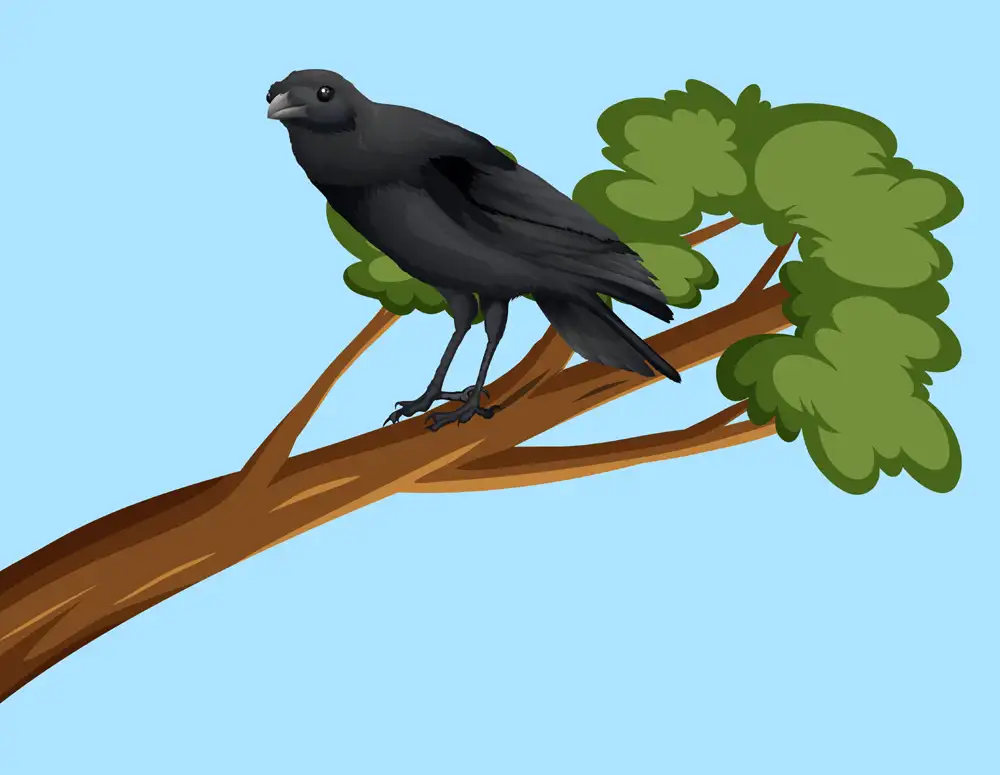Sociocultural Theory in Language Learning
Sociocultural theory is based on work by the Russian psychologist, Vygotsky, and represents a fundamentally different way of looking at language and learning. Sociocultural theory is grounded in the ontology of the social individual. A sociocultural approach considers language and, by extension, second language acquisition as contextually situated and is concerned with situational language as it relates to internal processes (Gass & Selinker, 2008).
Sociocultural theory goes around four basic principles as:
- Mediation: Mediation is the most important of these, because sociocultural theory rests on the assumption that human activity is mediated by what are known as symbolic artifacts (higher-level cultural tools) such as language and literacy and by material artifacts. These artifacts mediate the relationship between humans and the social and material world around us. Within sociocultural theory, humans use symbols as tools to mediate psychological activity and to control our psychological processes. This control is voluntary and allows us to attend to certain things, to plan, and to think rationally. The primary tool that humans have available is language and it is a tool that allows us to connect to our environment. Language gives humans the power to go beyond the immediate environment and to think about and talk about events and objects that are far removed both physically and temporally.
- Regulation: Regulation is a form of mediation. As children learn language, they also learn to regulate their activities linguistically. There are three stages of development on the way to self-regulation. The first stage involves the use of objects as a way of thinking (object-regulation). One can think of parents using objects (e.g., pieces of candy) to help children with the abstract concept of counting. A second stage is known as other-regulation whereby learning is regulated by others rather than objects. Finally, self-regulation, the final stage occurs when activities can be performed with little or no external support. This occurs through internalisation of information.
- Internalisation: this is the process that allows us to move the relationship between an individual and his/her environment to later performance. One way internalisation occurs is through imitation, which can be both immediate and intentional and delayed, as seen for example in early child language research by Weir (1962).
- Zone of Proximal Development:
In SCT, the experience and the interaction we engage in are crucial in the development of cognition. Language is a tool (a symbolic artifact) that mediates between individuals and their environment.
Lantolf and Frawley (1985) began to explore the potential relevance of sociocultural theory (SCT) for second language acquisition and use. They tried to investigate how L2 speakers used their new language to mediate themselves in the face of difficult tasks.
Sociocultural contexts, rather than innate structures or grammatical frequency are suggested to guide grammatical development.
In sociocultural theory, there is a close relationship between interpersonal activity and intramental activity, the former serving as the precursor of the latter.
Sociocultural theorists prefer to talk of ‘participation’ rather than ‘acquisition’ (Sfard, 1998) to emphasise the point that development is not so much a matter of the taking in and the possession of knowledge but rather of the taking part in social activity.
The two central constructs of sociocultural theory are ‘mediation’ and ‘internalisation’. It first discusses Vygotsky’s general theoretical claim that human mental activity arises as a consequence of a functional system formed by our biologically specified mental capacities and our culturally constructed symbolic artifacts. Specific attention is given to the meditational function of L2 private speech from the perspective of Slobin’s thinking of speaking framework.
As Lantolf (2000) points out the central and distinguishing concept of sociocultural theory is that higher forms of mental activity are mediated. External mediation serves as the means by which internal mediation is achieved. Lantolf suggests that mediation in second language learning involves (1) mediation by others in social interaction, (2) mediation by self through private speech, and (3) mediation by artifacts (e.g. tasks and technology). Lantolf also views private speech as a form of interaction that learners interact with themselves. Swain (2000) notes that language learning involves learning how to use language to mediate language learning. This is primarily achieved by means of verbal interaction, which can be monologic or dialogic. Whereas both can serve to mediate learning, dialogic interaction is seen as central.
Ratner (2002) defines sociocultural theory as the filed that “studies the content, mode of operation, and interrelationships of psychological phenomena that are socially constructed and shared and are rooted in other social artifacts” (p. 2).


